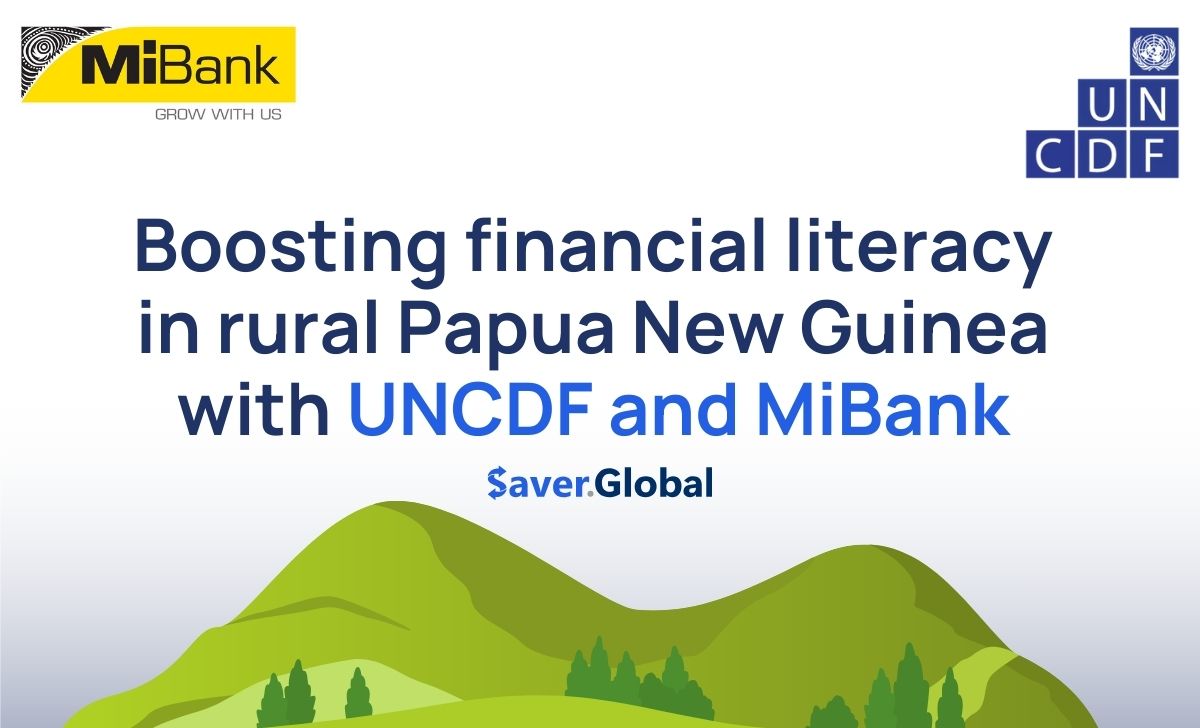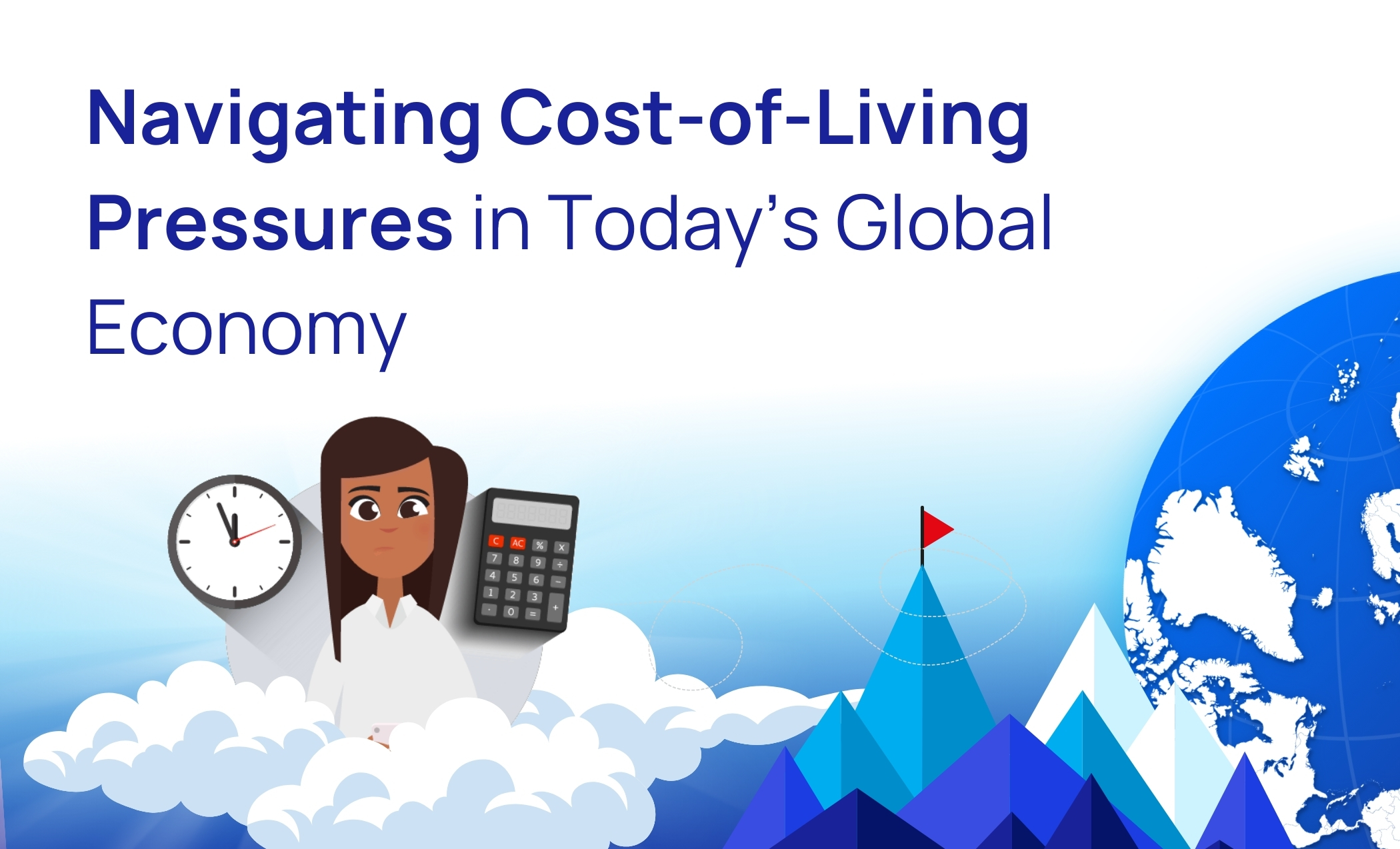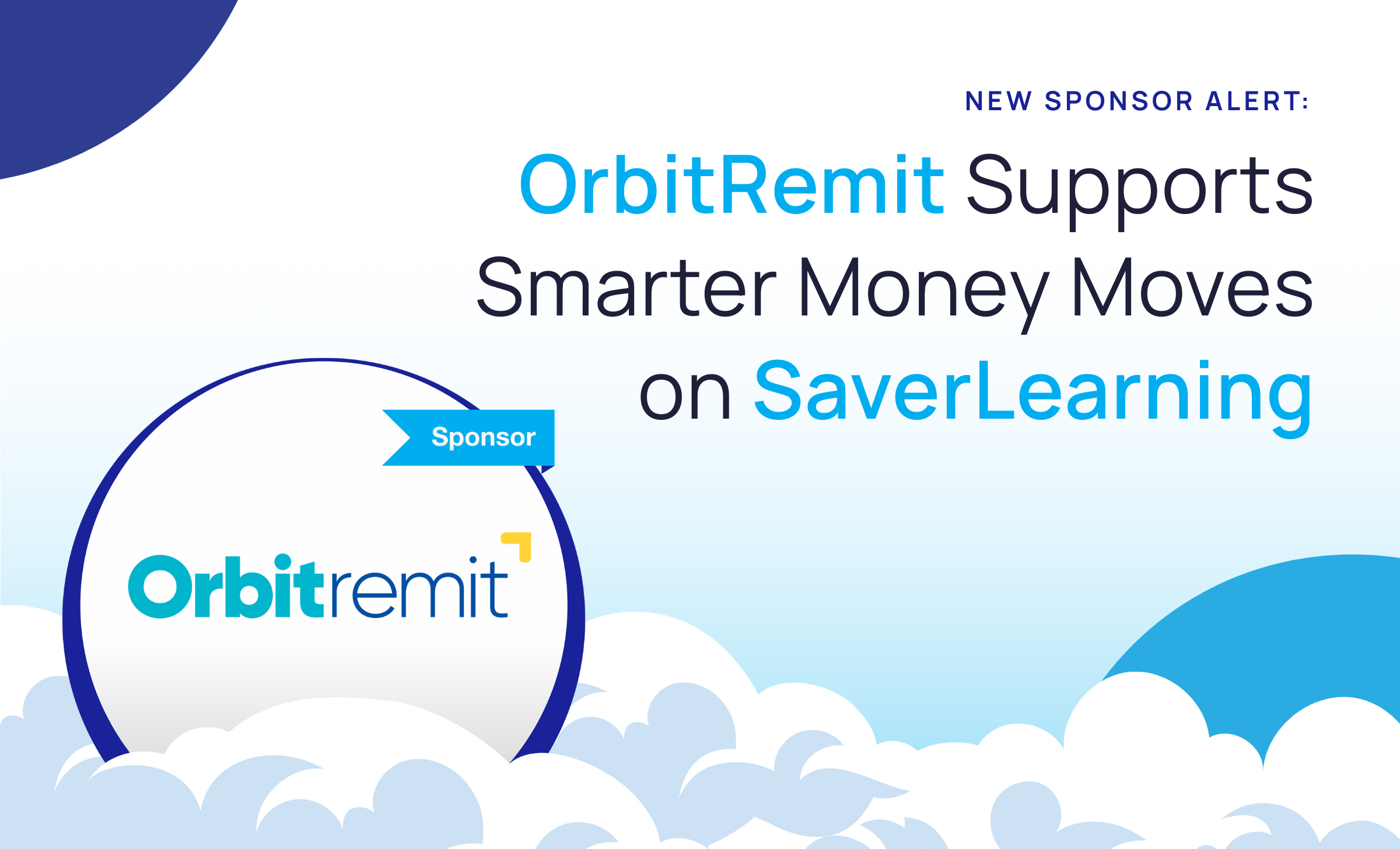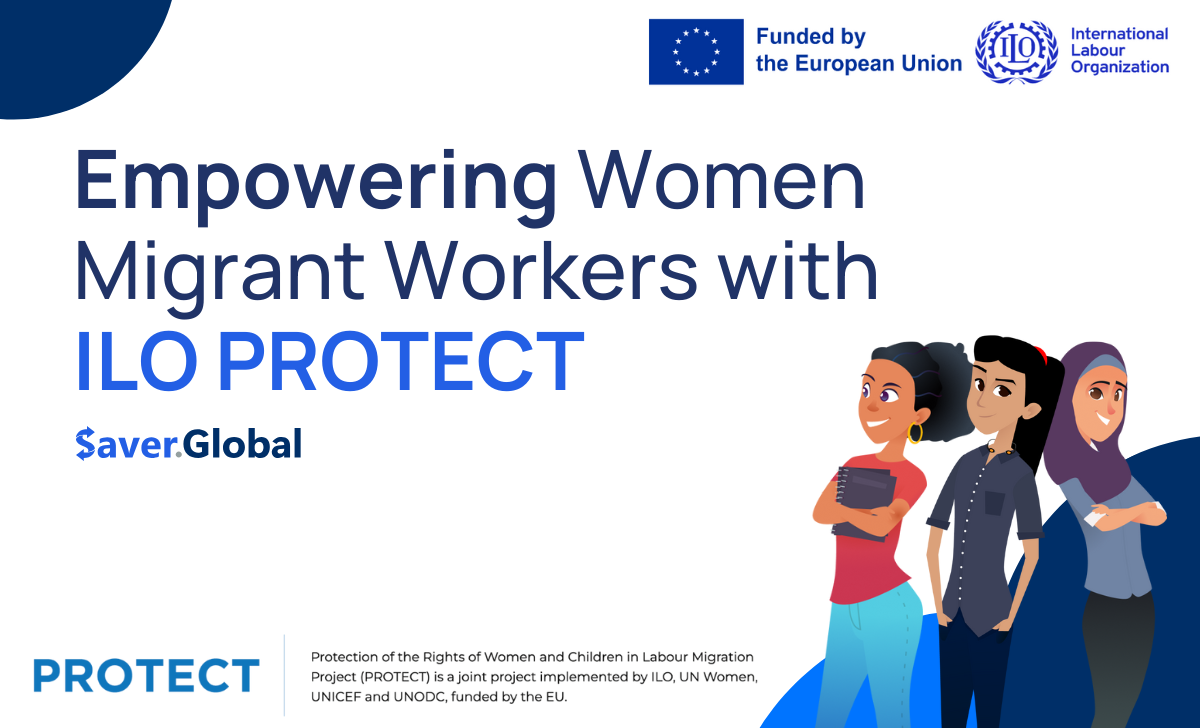Measuring diaspora’s contribution to a country’s development (part 1)
 Saver Global
Saver Global

Measuring diaspora’s contribution to a country’s development
The following is an excerpt from a contribution that Leon Isaacs (co-founder) made to IOM’s publication “Contributions and Counting: Guidance on Measuring the Economic Impact of your Diaspora beyond Remittances“. The report discusses guidance for governments and national authorities interested in understanding the economic contributions of their Diaspora. Leon’s contributions will be presented as excerpts here. This is part 1 of 2.
Why developing a consistent approach to measuring diaspora investment
Migrants are a tremendous potential source of value to their country of origin in many ways, not just financially but in other areas such as skills transfers, mentoring and so on. Trying to measure their impact in tangible terms is particularly important because a clear understanding of the true value to a country across a broad breadth of areas can lead to coherent and impactful policies. However, actually obtaining data on the true financial contribution of a diaspora is notoriously difficult. Whilst some progress has been made in measuring remittances, this is still a long way from being accurate in all but a handful of countries. When one looks at diaspora investment there is even less information currently available to show its size and impact at a national level. However, there are tools and techniques that can be used, some that leverage existing data collection approaches, to help to begin to quantify this vital area for national development.
Whilst each country is different, in the areas of diaspora investment there are many areas and aspects that are similar between countries and across regions. We have taken the approach that a more standardised structure to understanding different initiatives to increase diaspora investment will enable counties to understand which stage of development they are at in this area. This will then enable them to choose from a suite of tools and potential options that they could pursue which, in turn, have a stronger chance of success because they have been tried before. When this is combined with peer-to-peer learning sessions, countries have a greater sense of clarity and more confidence that the plans they develop will succeed. This approach also enables benchmarks to be created which can lead to individual national targets and hence the opportunity to monitor and evaluate projects.
How the measurement works
Normally, the investment objectives are determined by government (normally articulated by the finance ministry) from the very beginning. However, these can sometimes be aspirational and don’t take account of the availability of appropriate resources or the wishes of the diaspora. They also tend to be high-level, so it is important to help the government institution that is tasked with achieving the objectives to understand the current state of diaspora investment in the country.
This is done by initially completing a stock-taking exercise through a coordinated data collection approach using tools such as mapping/desk-based research/surveys/focus groups/consultations and meetings in four key areas:
- Diaspora engagement
- The financial environment, policies and actions for investment
- A profile of the diaspora
- The type of support available from the diaspora
Gaps are then identified which will need to be addressed. Analysis of similar situations in peer countries are then made/used to help with the development of specific solutions and tools helps to do this. Throughout the process it is critically important that a ‘whole of government’ approach is taken so that there is absolute buy-in and shared ownership of the projects across government.
I would also emphasise that this is very much an iterative process where on-going discussions are continually held with all key stakeholders, as appropriate, so that the final solution is one that has been developed by the government institution responsible in a collaborative manner.
Photo by rupixen.com on Unsplash













